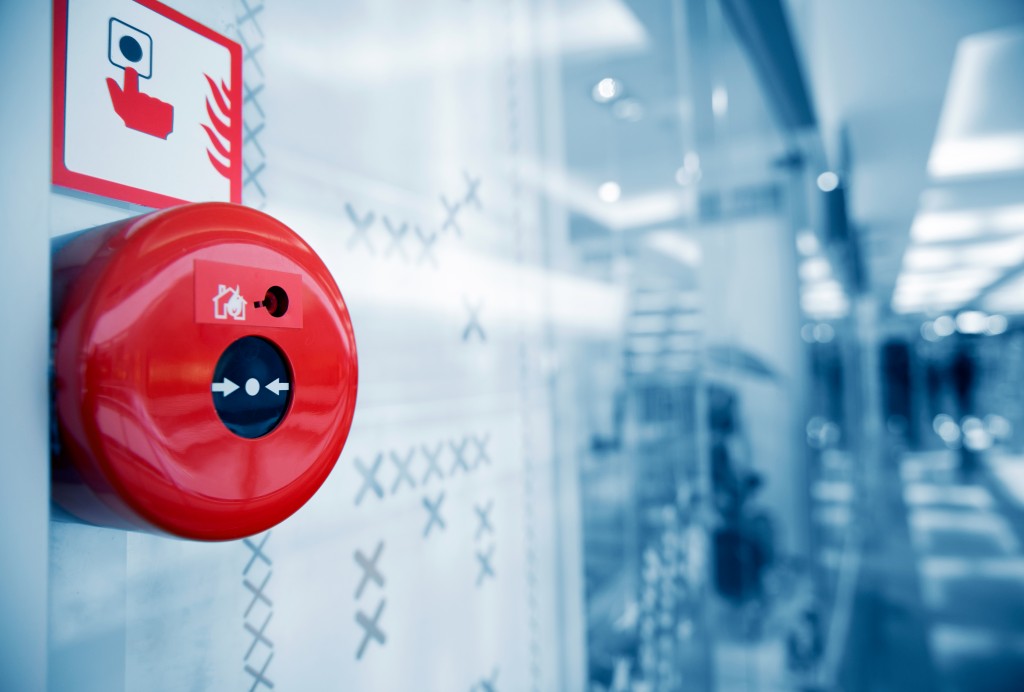The regular office: comfortable, temperature-controlled, and for all intents and purposes, a nonthreatening environment.
But did you know in 2018, the HSE reported 1.4 million work-related ill health cases and 600,000 work-related injury cases? These are not small figures, and being aware of the dangers leading to them is the first step to maintaining a cleaner, safer, healthier working environment.
Workplace hazard comes in many forms, but here are the four most common dangers that need immediate and utmost attention.
Slips, Trips, and Falls
Wet floors, exposed cords, uneven floors, and loose rugs are the most common causes of slips, trips, and falls. Rain and snow, on the other hand, make for slipping hazards on exterior walkways, ramps, exit areas, and parking lots.
What to Do:
- Don’t leave spills unattended and post signs indicating wet surfaces, areas that are being cleaned or areas prone to water accumulation
- Clear office walkways of clutter to prevent tripping
- Secure electrical cords and make sure they’re not extended across walkways and aisles
Fire Risk

Fire safety matters because lives are at stake if you don’t act quickly and responsibly. From a legal standpoint, you’ll be fined or even face jail time if you don’t fulfill your legal obligations. From a commercial perspective, it’s financially damaging. It’s reported that around 60% of private businesses fail after experiencing a fire.
The top three causes of office fires are electrical distribution, lighting, and smoking.
What to Do:
- Complete or update your Fire Risk Assessment
- Regularly inspect and test your electrical systems
- Install fire detection and suppression systems
- Conduct fire drills and safety training regularly
- Tell your staff about the danger of overloading sockets
- Install proper fire safety signs in
- Make sure everyone follows the smoking policy. If you don’t have a smoking policy, implement one.
Ergonomic Injuries
The typical office worker spends the majority of their day sitting in front of the computer. If your workstation is set up incorrectly, this prolonged static position can result in ergonomic strains and injuries. In 2018, nearly 470,000 people had work-related musculoskeletal disorders, which meant 6.6 million lost working days.
What to Do:
- Maintain a natural, relaxed posture at all times
- Use a chair with an adjustable height, back support, and armrests
- Keep your monitor roughly an arm’s length away so that you don’t have to hunch forward to see
- Keep the mouse next to the keyboard and as close as possible to your body so that you don’t have to reach
- When seated, keep your feet firmly on the floor with your hips raised slightly higher than your knees
Poor Indoor Air Quality
The air quality within your office halls is something quickly taken for granted, and nothing good comes out of it. Poor air quality is the biggest trigger for asthma, allergies, chemical sensitivity, and other respiratory disorders.
The main culprits include inadequate or low-quality ventilation, overcrowding, mold growth, the presence of cleaning chemicals, poor office design that blocks off airflow to specific work areas, and inadequate housekeeping.
What to Do:
- Clean the ventilation systems regularly
- Prevent the buildup of dust, dirt, pollen on all surfaces
- Make sure every corner of the office (restrooms, lunch areas, break rooms) is adequately sanitized
When it comes to wellness and safety, you can’t afford to cut corners. Awareness of the dangers is always the best place to start. It’s time to take actionable steps to keep your working environment a safe and clean second home.

